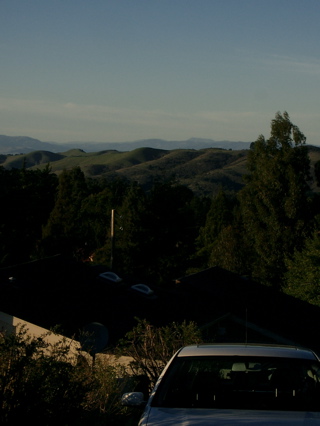Two excellent pieces in The New York Times Magazine today.
The first is a feature on IMG Academies in Bradenton, Florida, a private school set up to provide intensive sports training in baseball, basketball, soccer and other sports side-by-side with traditional academic subjects. It’s sort of the logical conclusion to the long-term trend of kids’ sports having become a scheduled, programmed, largely parent-driven part of kids’ lives. The story, by Michael Sokolove, captures the inherent strangeness of families that have decided to make huge investments in their children’s abilities to throw or hit a baseball or shoot a jumper (in some cases, parents are shelling out hundreds of thousands of dollars over the kids’ youth sports careers).
“As Tommy stretched and played catch along with about 30 other boys, his mother, Lisa, sat on a lawn chair in a shaded area, watching practice as she did every day. She was living with Tommy and his sister, Jacki, a college student, on IMG’s sprawling 180-acre campus in a $310,000 condominium that the family purchased last year, when Tommy enrolled at IMG as an eighth grader. Her husband, Chuck Winegardner, had stayed back on the Eastern Shore of Maryland to tend to his car dealerships, but he visited frequently for long weekends. Lisa called after every practice. ‘I need to give my husband full reports,’ she said. ‘What they’re working on, how he looks, is he paying attention.’ ”
The story touches on another phenomenon that I used to sit in the bleachers and bitch about when Eamon and Tom were playing youth league baseball: that the only sports experience the kids were having was of the organized league variety. Sure, I played some organized ball when I was a kid. But not a lot. I just wasn’t very good when I was younger. But I could always play in pick-up games and did whenever I had a chance. And eventually I grew into sports and developed a huge passion for them (people I’ve played with would probably say it went beyond passion to an unhealthy competitive intensity, and I can’t deny the evidence of that). Anyway, it always seemed sad to me to look out on a baseball diamond and see kids, sometimes my own, who looked like they’d rather be doing anything but getting steered around the field by whatever adult was in charge. Sure, I’m forgetting all the unhappy episodes that can and do happen when we organized our own games, but the point was we were out doing something we had a blast doing, most of the time, and it had nothing to do with what adults wanted us to be doing or with parents discharging their responsibility to make us well-rounded or with moms and dads living vicariously through our on-field exploits.
The second piece I really liked in the Times magazine today is “Sandlot Summer,” a short personal essay by Melissa Fay Greene. It’s just a nice take on an experiment in trying to give kids back some sense of the joy in spontaneous, unorganized sports you do because, gee, you just feel like doing them:
“My 16-year-old son, Lee Samuel, ran a baseball clinic with his teammates Andre Mastrogiacomo and Matt and Palmer Hudson. Here’s what the teenagers didn’t require of their players: tryouts; advance registrations; birth certificates; assignments to teams by age, sex and skill level; uniforms or team names; parent volunteers; snack schedules; and commuting to fields in distant counties in search of the appropriate level of competition.
“Here’s what the players didn’t miss: almost none of the above. (Uniforms are pretty cool.)”




